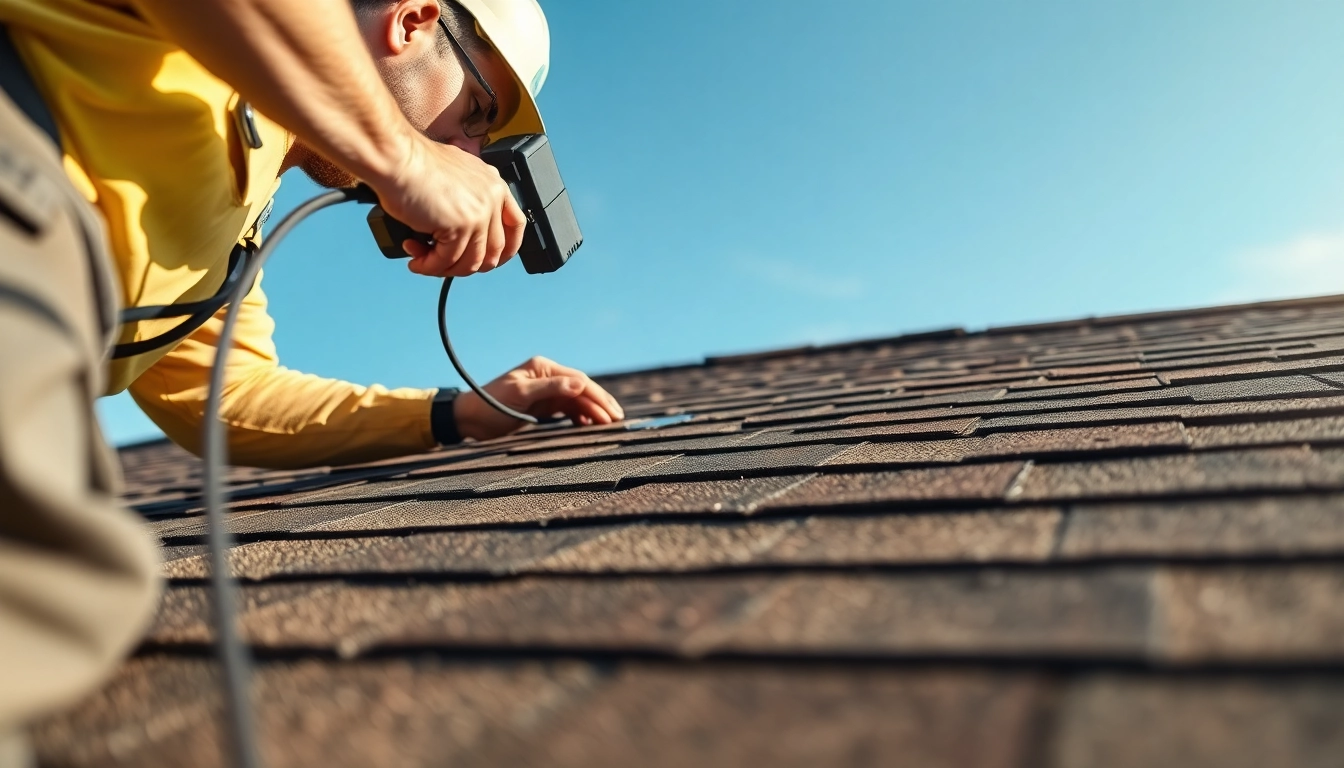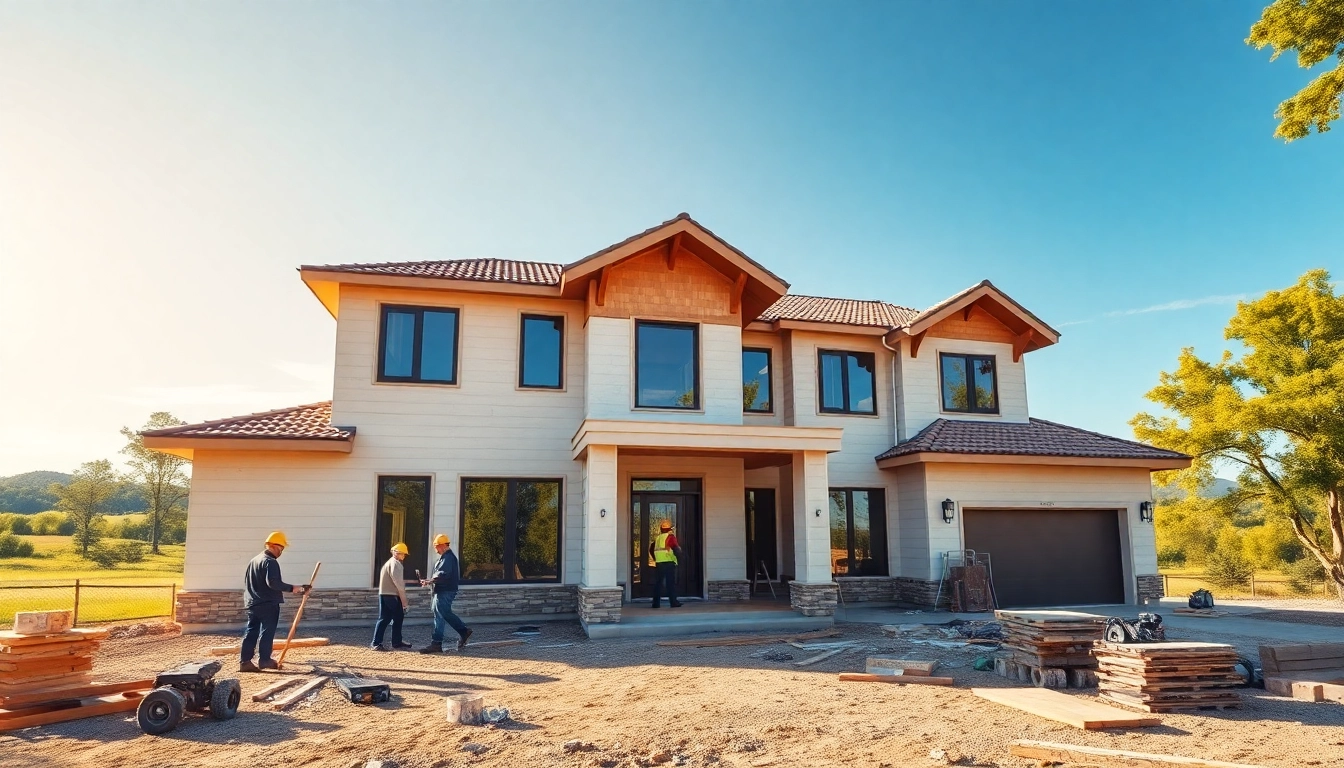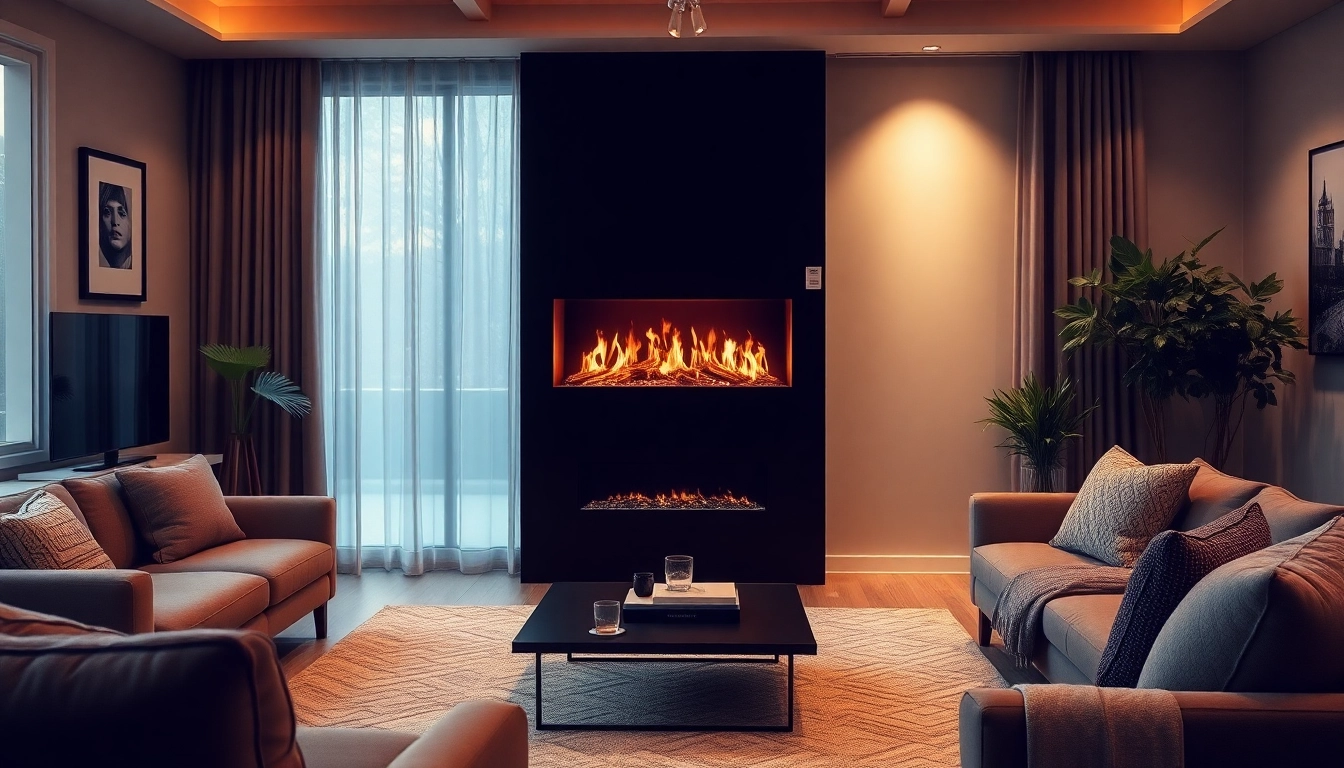Understanding Residential Metal Roofing: Benefits and Features
Residential metal roofing has gained significant popularity among homeowners due to its durability, energy efficiency, and aesthetic appeal. Unlike traditional roofing materials such as asphalt shingles, metal roofs offer a longer lifespan, less maintenance, and increased resistance to harsh weather conditions. This versatility makes residential metal roofing an attractive option for various architectural styles and climates. In this article, we will delve into the different aspects of residential metal roofing, including its advantages, types, installation processes, cost considerations, and maintenance tips.
What is Residential Metal Roofing?
Residential metal roofing refers to roofing systems made from metal materials designed specifically for residential properties. The two most common types of metal roofs are standing seam and corrugated metal panels, each offering distinct benefits. Metal roofing materials can include steel, aluminum, copper, and zinc, providing homeowners with a range of options that cater to both aesthetic preferences and budget constraints.
Key Advantages of Metal Roofing Over Traditional Materials
When comparing metal roofing to traditional roofing materials like asphalt shingles, several advantages become evident:
- Durability: Metal roofs are designed to withstand extreme weather, from high winds to heavy snow loads. Many metal roofs come with warranties lasting 50 years or more.
- Energy Efficiency: Metal roofing reflects solar heat, keeping homes cooler in the summer. This can lead to significant savings on cooling costs.
- Environmental Impact: Many metal roofing materials are made from recycled content and can themselves be recycled at the end of their life cycle, making them a sustainable choice.
- Fire Resistance: Metal roofs are non-combustible and can offer homeowners peace of mind, especially in fire-prone areas.
- Aesthetic Variety: Metal roofing comes in various styles, colors, and finishes, allowing homeowners to select a look that complements their home’s architecture.
Choosing the Right Type for Your Home
Selecting the appropriate type of metal roofing depends on several factors, including climate, architectural style, and personal preferences. Homeowners should consider the following when making their choice:
- Climate Considerations: Different materials perform better in different weather conditions. For example, galvanized steel may be ideal for coastal regions due to its corrosion resistance.
- Roof Slope: The slope of the roof may affect the type of metal roofing that can be installed. Standing seam roofing is generally better for steeper slopes.
- Local Building Codes: Homeowners should check current building regulations that might affect roofing materials and installation techniques.
Exploring Different Types of Residential Metal Roofing
Popular Metal Roof Styles: Standing Seam vs. Corrugated
Two of the most popular styles of residential metal roofing are standing seam and corrugated panels. Each style has its unique characteristics:
Standing Seam
Standing seam roofing features vertical metal panels with raised seams that interlock. This style offers several benefits:
- Improved water drainage due to the interlocking seams.
- Less chance of leaking since the seams are elevated above the panels.
- Available in a variety of colors and finishes.
Corrugated Metal
Corrugated metal roofing is characterized by its wavy, ridged surface. It is lightweight, which makes it easy to install, and is also generally less expensive than standing seam roofing. Key advantages include:
- Fast and easy installation.
- Effective in shedding rain and snow.
- Durability and long lifespan, often lasting over 30 years.
Color and Finish Options for Metal Roofing
Beyond style, color choice is vital for homeowners seeking to match their roofing with the house’s exterior. Popular color options include:
- Traditional Colors: Red, green, blue, and black are lasting choices that blend well with classic architectural designs.
- Modern Silvers and Charcoals: These hues provide a contemporary look that works well with modern home designs.
- Custom Finishes: Homeowners may also opt for special coatings that improve energy efficiency by reflecting sunlight and reducing heat absorption.
Understanding Material Choices: Steel, Aluminum, and Copper
The choice of material is crucial to the roof’s overall performance and cost:
Steel
Steel is the most common metal used in residential roofing due to its strength and cost-effectiveness. It can be galvanized or coated to resist rust and corrosion.
Aluminum
Aluminum is naturally resistant to corrosion, making it an excellent choice for coastal areas. It is lightweight and can be painted in various colors.
Copper
Copper offers a unique, luxurious look that develops a beautiful patina over time. While it is one of the more expensive options, its longevity and aesthetics make it a sought-after choice.
Installation Process for Residential Metal Roofing
Preparing Your Home for Metal Roof Installation
Preparing for a metal roof installation involves several key steps:
- Engaging with a qualified contractor who specializes in metal roofing.
- Inspecting the existing roof for structural damage that needs to be repaired before installation.
- Deciding on the type and style of metal roofing that fits both the home’s architecture and the homeowner’s preference.
The Steps Involved in a Metal Roof Installation
The actual installation process typically follows these steps:
- Inspection of the existing roof structure.
- Removing the old roofing materials if necessary.
- Installing underlayment, which serves as a moisture barrier.
- Laying down the metal panels, ensuring proper alignment and secure fastening.
- Incorporating necessary flashing and ventilation systems to prevent leaks and promote airflow.
- Final inspection to ensure everything is installed correctly and safely.
Common Mistakes to Avoid During Installation
To ensure a successful roofing project, homeowners should be aware of common installation mistakes, such as:
- Not using the correct fasteners or materials specific to metal roofing.
- Insufficient insulation and ventilation, which can lead to heat buildup.
- Skipping the underlayment, which provides critical moisture protection.
Cost Considerations for Residential Metal Roofing
Average Prices of Metal Roofing Materials
The cost of residential metal roofing varies significantly based on material choice, style, and the contractor’s pricing. Generally, the average cost of metal roofing can range from $7 to $12 per square foot, depending on the material:
- Steel: $7 – $10 per square foot
- Aluminum: $9 – $12 per square foot
- Copper: $15 and above per square foot
Labor Costs and Additional Expenses to Expect
Labor costs typically account for a significant portion of the overall expense. Homeowners can expect to pay anywhere from $3 to $6 per square foot for professional installation. Additionally, potential costs may include:
- Permitting and inspection fees.
- Additional repairs to the roof structure.
- Specialized equipment rentals, if necessary.
Financing Options for Your Roofing Project
Many homeowners explore various financing options to make metal roofing more financially manageable. These options may include:
- Home equity loans or lines of credit.
- Personal loans with favorable interest rates.
- Financing plans offered directly by roofing contractors.
Maintenance and Longevity of Residential Metal Roofing
Easy Maintenance Tips for Homeowners
While metal roofs are generally low maintenance, homeowners can follow a few tips to keep their roofs in optimal condition:
- Regularly clean gutters and downspouts to prevent moisture accumulation.
- Inspect the roof at least once a year for detached panels or signs of rust.
- Ensure adequate ventilation in the attic to prevent heat buildup during warmer months.
Maximizing the Lifespan of Your Metal Roof
To extend the life of a metal roof, homeowners should:
- Address any repairs promptly to prevent further damage.
- Facilitate regular inspections by a professional roofing contractor.
- Maintain clear areas around chimneys, vents, and other protrusions that may accumulate debris.
Signs Your Metal Roof Needs Repair or Replacement
Recognizing when your metal roof needs repair or replacement is crucial for maintaining home integrity:
- Visible signs of rust or corrosion on metal panels.
- Leaks or water stains appearing on interior ceilings or walls.
- Loosened or missing fasteners.
- Excessive amounts of debris on the roof that isn’t clearing off naturally.
In conclusion, residential metal roofing presents a robust and stylish solution for modern homeowners looking to enhance their property’s durability and aesthetic appeal. By understanding the benefits, types, installation processes, costs, and maintenance requirements, homeowners can make informed decisions that will lead to a long-lasting, effective roofing solution.



